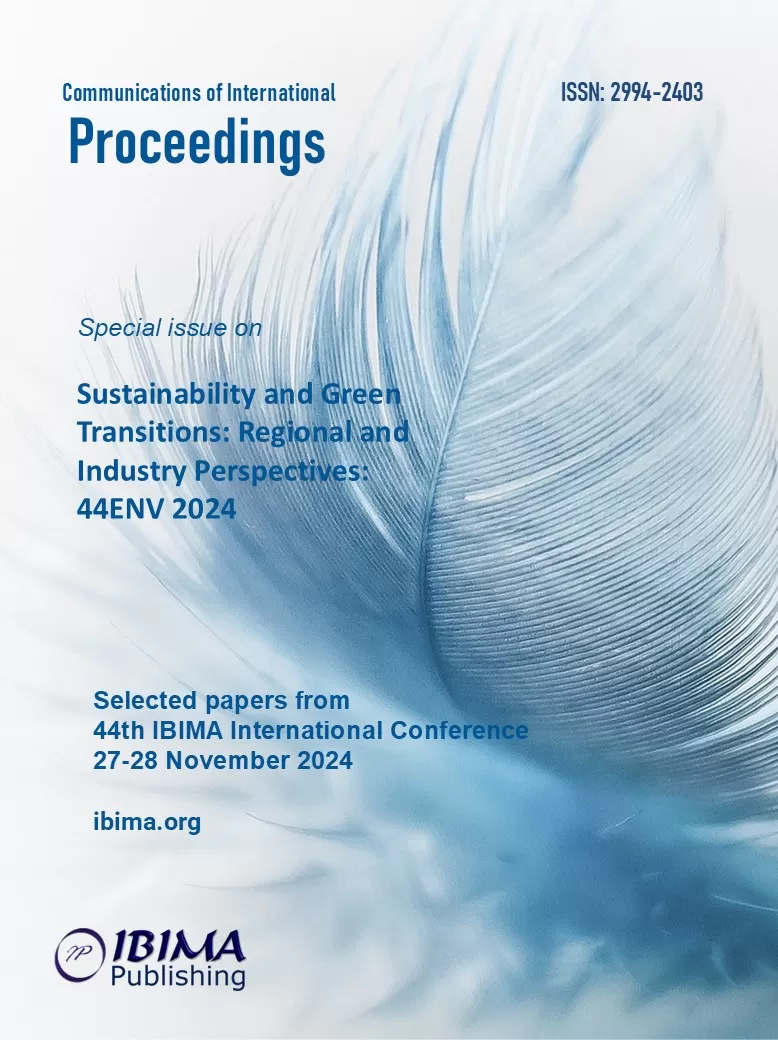
Nikola BEDNÁŘOVÁ, Michal ŠIMON and Petr HOŘEJŠÍ
University of West Bohemia, Pilsen, Czech Republic

This study examines the environmental impacts of ceramic tiles using the Life Cycle Assessment (LCA) methodology, which evaluates the carbon footprint of production processes. The study addresses a gap in the literature by assessing how different tile sizes impact environmental performance, which is crucial for improving sustainability in ceramic manufacturing. The LCA was conducted in a gate-to-gate model according to ISO standards, covering processes such as raw material extraction, mixing, grinding, pressing, glazing, firing, and packaging. The functional unit was 1 m² of tile, and two tile sizes, 60×60 cm and 60×120 cm, were compared to understand how size influences ecological impact.
The primary findings reveal that the carbon footprint of the 60×120 cm tile (3.63 kg CO₂eq/m²) is not double that of the smaller 60×60 cm tile (2.58 kg CO₂eq/m²), but only 27% higher. This difference suggests that larger tiles allow for more efficient material and energy use, resulting in a lower relative environmental impact. The analysis also identifies mixing and grinding, pressing, and firing as the most energy-intensive processes, with grinding contributing 32% to the carbon footprint of the smaller tile and 27% for the larger one. These insights highlight opportunities for process optimization and energy reduction.
Additionally, the study explores the use of recycled materials in the production of larger tiles, which can lower the demand for new raw materials and reduce the overall carbon footprint. The findings confirm a non-linear relationship between tile size and carbon footprint, with larger formats resulting in a lower environmental burden. This underscores the importance of optimizing production processes for larger tiles, which are often more valuable in the market.
The research demonstrates the importance of LCA in developing sustainable manufacturing practices. Moving forward, standardizing LCA methodologies within the ceramic industry will enable better comparisons and evaluations of production techniques and their environmental impacts. These advancements are critical for achieving long-term sustainability and minimizing environmental harm in the sector.